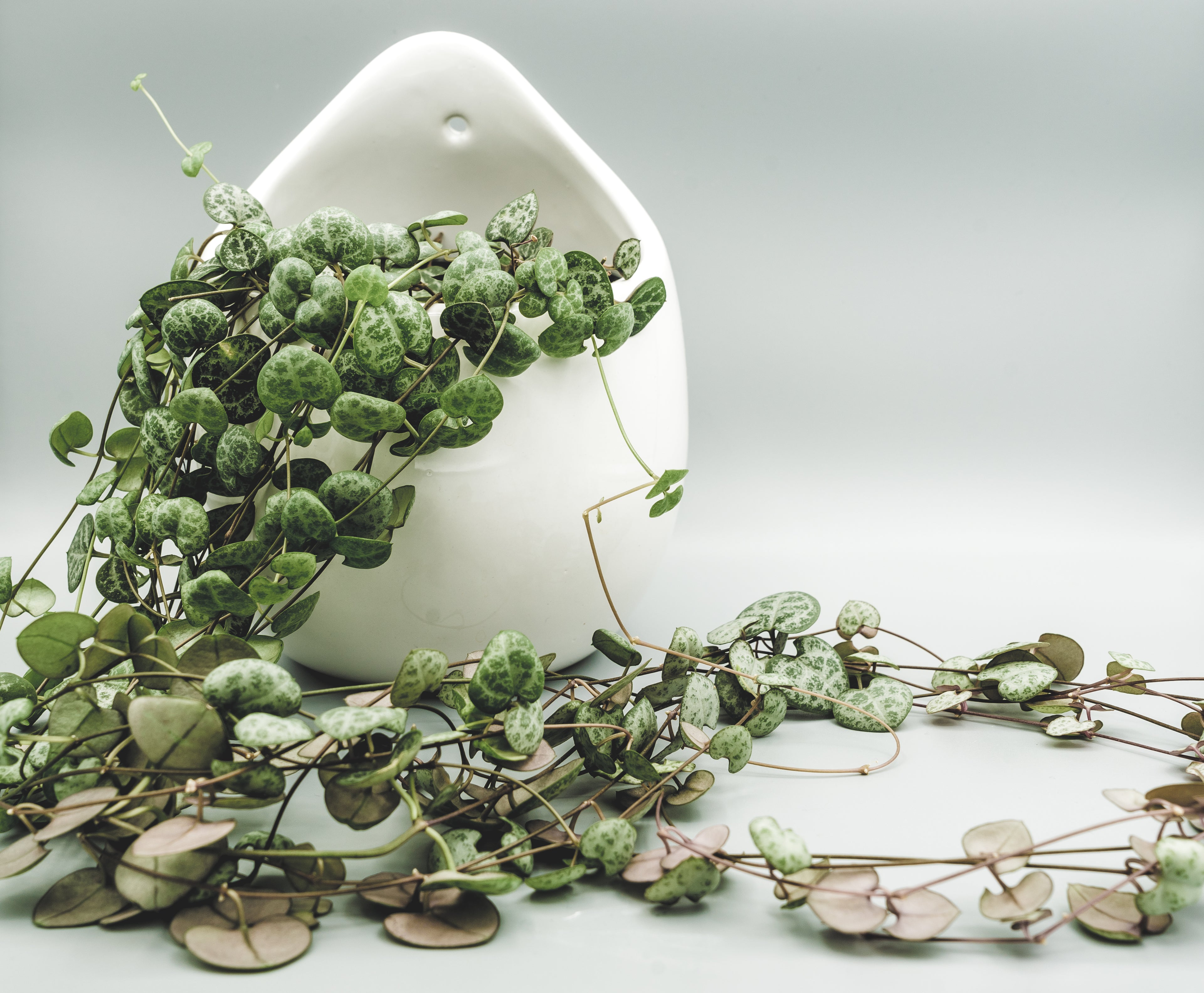
Plastic Plant Pots
Make repotting your plants easy.
Plastic Pots for Plants
A selection of plastic plant pots in a range of sizes to suit your house plant.
-
Plastic House Plant Pot 15cm
Regular price £1.20Regular priceUnit price / per£1.20Sale price £1.20 -
Plastic House Plant Pot 12cm
Regular price £0.90Regular priceUnit price / per£0.90Sale price £0.90 -
Plastic House Plant Pot 17cm
Regular price £1.35Regular priceUnit price / per£1.35Sale price £1.35 -
Plant Pot Plastic Houseplant Pot 8cm
Regular price £0.55Regular priceUnit price / per£0.55Sale price £0.55 -
Plastic Indoor Plant Pot 11cm
Regular price £0.65Regular priceUnit price / per£0.65Sale price £0.65 -
Plastic House Plant Pot 19cm
Regular price £2.00Regular priceUnit price / per£2.00Sale price £2.00 -
Plastic House Plant Pot 29cm
Regular price £5.55Regular priceUnit price / per£5.55Sale price £5.55 -
Plastic House Plant Pot 23cm
Regular price £2.90Regular priceUnit price / per£2.90Sale price £2.90 -
 Sold out
Sold outPlastic House Plant Pot 21cm
Regular price £2.45Regular priceUnit price / per£2.45Sale price £2.45Sold out -
 Sold out
Sold outPlastic House Plant Pot 27cm
Regular price £4.00Regular priceUnit price / per£4.00Sale price £4.00Sold out
Houseplant Accessories
-

Houseplant Repotting Soil
Discover the perfect houseplant soil for repotting your plants. Our collection of...
-

House Plant Food
Discover the very best food for your houseplants. Our collection of house...
-

Houseplant Pests Control
Keep house plant pests under control with ease. Our houseplant pests control...
-

Plant Pots
Home your plant in the perfect indoor plant pot and dress your...
Houseplants for You
-

Easy Care Houseplants
Discover our collection of easy care houseplants UK delivered. These plants are...
-

Air Purifying Indoor Plants
Discover our range of air purifying indoor plants. These plants purify the...
-

Shade Loving House Plants
Looking for shade loving house plants? Discover our collection of house plants...
-

Houseplants for Bright Spaces
Discover our collection of houseplants that are at home in bright spaces....
Plastic Plant Pots
When it is time to repot your plants, a plastic plant pot is a great choice.
Plastic pots for plants are durable, strong and have draining holes, perfect to put in a decorative pot or on a plant pot saucer.
Plastic planting pots are not only cost effective but they make it easy to repot plants as they grow.
Our plant pot plastic collection includes pots from big to small - perfect for repotting any size of plant.
Repotting is a critical aspect of plant care that ensures the continued health and growth of houseplants. The choice of pot is essential in this process, as it directly influences the plant's ability to thrive. Among the various options available, plant repotting pots and plastic nursery pots are two commonly used types that serve distinct purposes.
Plant repotting pots are specifically designed for transferring plants from one container to another. These pots typically feature drainage holes that facilitate excess water removal, thereby preventing root rot—a common issue in overwatered plants. The material of these pots can vary, with options including ceramic, terracotta, and plastic. Each material has its benefits; for instance, terracotta pots are porous and allow for better air circulation, while plastic pots are lightweight and retain moisture more effectively.
On the other hand, plastic nursery pots are often used by growers and retailers for the initial stages of plant development. These pots are generally less expensive and are designed for mass production. They are lightweight, making them easy to transport, and they come in various sizes to accommodate different plant species. The smooth surface of plastic nursery pots also makes them easy to clean and reuse, which is an advantage for both commercial growers and home gardeners.
When selecting a pot for repotting, it is crucial to consider the size of the plant and its root system. A pot that is too small can restrict growth, while one that is excessively large may lead to overwatering issues. As a general guideline, it is advisable to choose a pot that is 1-2 inches larger in diameter than the current pot for most houseplants. This allows for adequate root expansion while minimizing the risk of water retention.
In terms of environmental impact, the use of plastic nursery pots has raised concerns due to their contribution to plastic waste. However, many manufacturers are now producing biodegradable or recyclable options, which can mitigate some of these environmental issues. Additionally, using peat-free potting mixes in conjunction with these pots can further enhance sustainability efforts in indoor gardening.
In conclusion, both plant repotting pots and plastic nursery pots play significant roles in the care and cultivation of houseplants. Understanding the characteristics and appropriate uses of each type can lead to better plant health and growth outcomes. As the indoor gardening trend continues to rise, selecting the right pot becomes increasingly important for both novice and experienced plant enthusiasts.
Did You Know?
Indoor plants lower stress and boost your immune system!



















